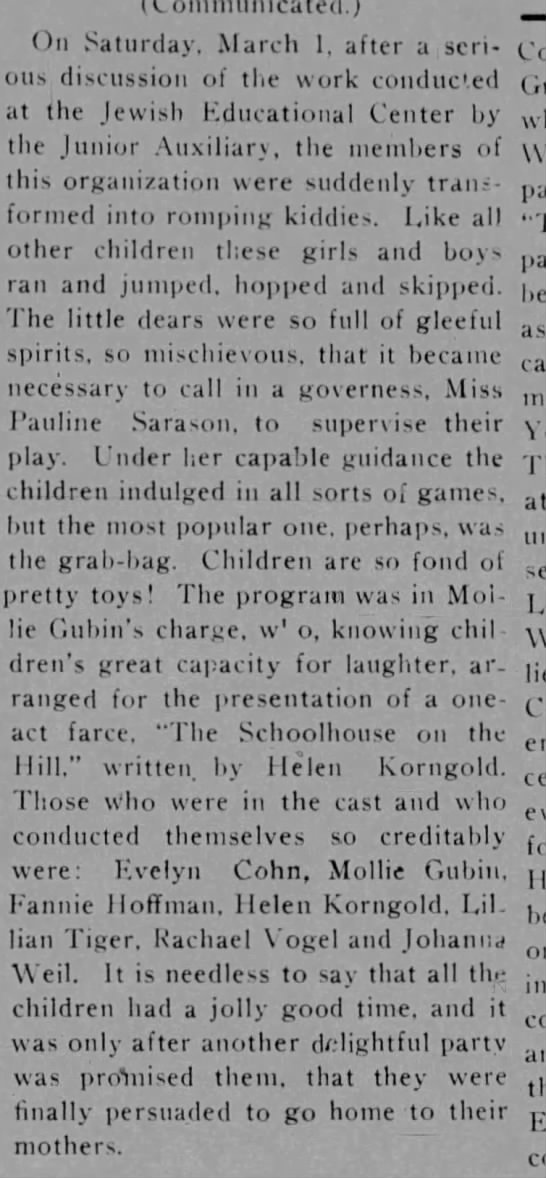Subtitled,
A Novel of the Royal Wedding, Jenifer Robson's novel
The Gown imagines the women who embroidered Princess Elizabeth's 1947 wedding gown.
Heather is surprised when she inherits samples of embroidery from her grandmother. She had no idea her grandmother could do such beautiful work. Discovering that the samples match the embroidery on Princess Elizabeth's wedding gown, Heather goes on a quest to resurrect her beloved grandmother's buried past.
Alternating chapters tell Heather's story and that of her grandmother Anne and her friend Miriam Dassin. The reader is returned to 1947 London and the lingering effects of the war. Patriotism and support for the royal family were at a high and the royal wedding of Princess Elizabeth filled the people with expectation, brightening the country with joy.
The winning wedding gown design went to Paul Hartnell, a favorite designer of the queen. The women created the elaborate applique and embroidery under strict orders to not talk about their work.
Ann Hughes was a lead embroiderer when Miriam Dassin is hired and put under Ann's tutelage. Miriam worked for a prestigious French fashion house before Germany took over her country. The women become roommates and fast friends. Miriam holds her past and Jewish heritage a close secret.
One fatal night Ann and Miriam join their coworkers at a dance where they meet the men who would change their lives--for better or worse.
I enjoyed the detailed descriptions of the actual work process of appliqueing the satin on the tulle.
Ann holds Harnell's pattern to the window and traces the design onto a piece of onionskin paper. She then cut the design out and aligns it with the drawing to check it is true. The pattern is placed on the satin fabric and using a needle with its blunt end set into a cork, Ann punches the needle into the fabric along the edge of the pattern piece, the needle separating the weave of the satin to mark the perimeter. With sharp scissors, Anne cuts along the perforated lines to make the applique shape. To attach the applique to the tulle she needle-turned the edges, the tip of the needle turning under the edge of the shape, and with tiny stitches and silk thread, sews it into place onto the silk tulle. After the applique was completed, the embroidery with pearls and beads and diamonds began.
Silk thread is fine and results in near-invisible applique stitches, but it is challenging to work with. It is so fine I can hardly see it and it easily slips out of the needle eye. The satin used for the gown has a dense weave but was resistant to taking a crease. So she could not prepare the applique shapes with one of the many methods I use, resorting to needle-turn. This means using the tip of the needle to turn under the very edge of the shape, working in extremely small increments. The seamstress must be careful not to fray the edge of the applique shape, rolling threads under to be caught.
Using tulle as an applique base is also difficult. I am used to a woven fabric as an applique base and the needle gently separates the threads. But tulle is not a densely woven fabric, but a net or mesh fabric. The openings in the tulle gives the needles less to anchor to. I tried to applique on nylon tulle and could not get a smooth edge to the applique!
Not only where these materials challenging to work with, but the physical demands of the work had to be exhausting. The eye strain from hours of close work, the fabrics and threads all the same color, the reaching to work on a tambour frame, I can imagine the resulting muscle and joint pain!
That the ensemble was completed in such a short time is amazing.
The novel will appeal to readers of historical fiction and women's fiction, Anglophiles, and anyone interested in fashion history.
I won a book from the Book Club Cookbook.
Learn more and see photos of the gown at
https://www.telegraph.co.uk/news/2016/05/27/the-queens-wedding-and-coronation-dresses-to-be-displayed-togeth/
Read an article by Jennifer Robson's at
http://time.com/5457007/queen-elizabeth-wedding-dress/
The Gown: A Novel of the Royal Wedding
By Jennifer Robson
William Morrow, 9780062884275, 400pp.
Publication Date: December 31, 2018
List Price: 26.99*












